Earth-like exoplanet with volcanoes found by NASA's TESS and Spitzer telescopes
Scientists using NASA's TESS and Spitzer telescopes have made a remarkable discovery beyond our solar system.
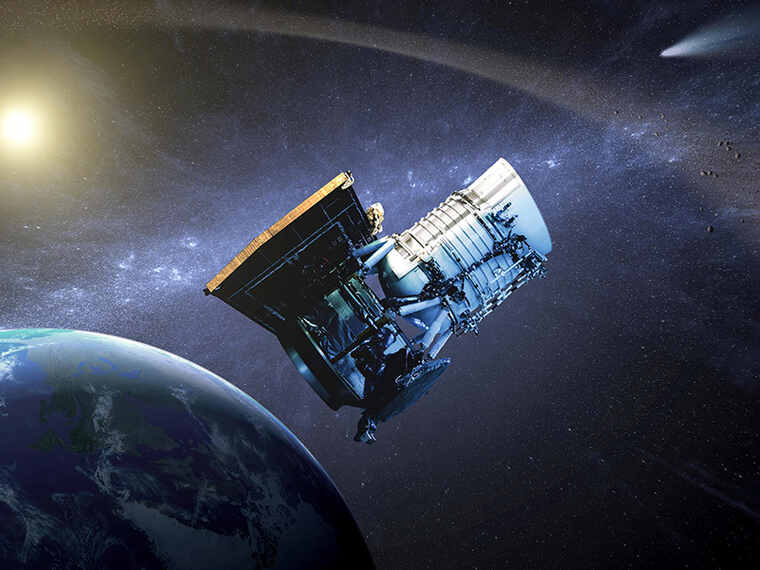
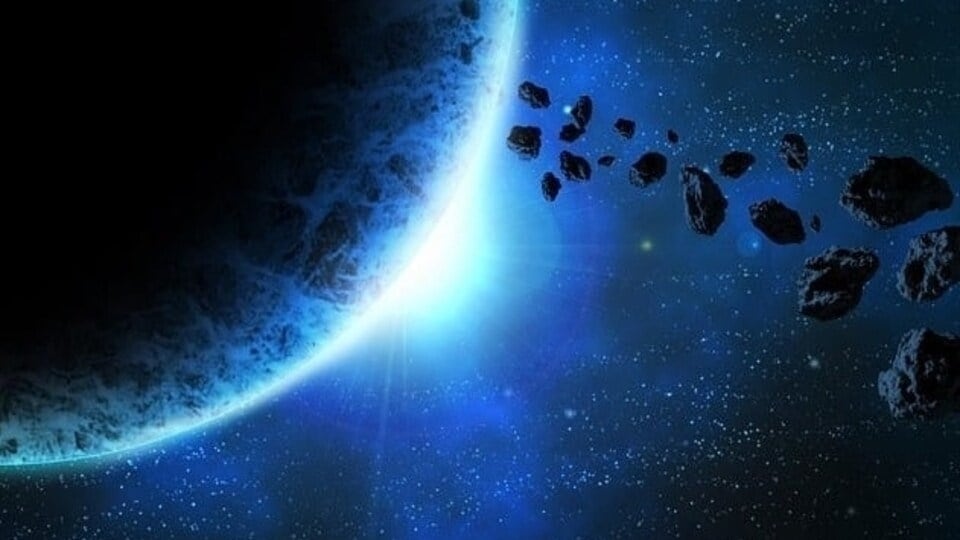

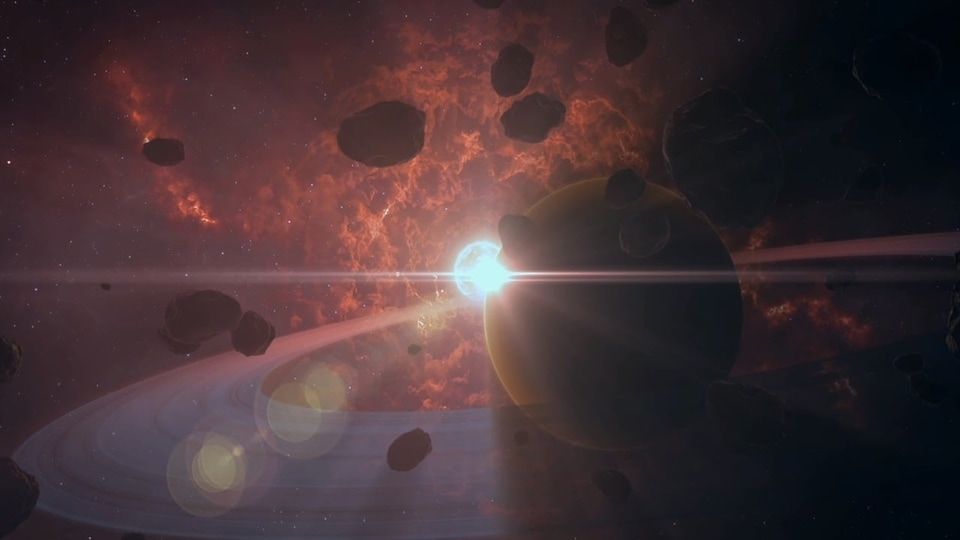

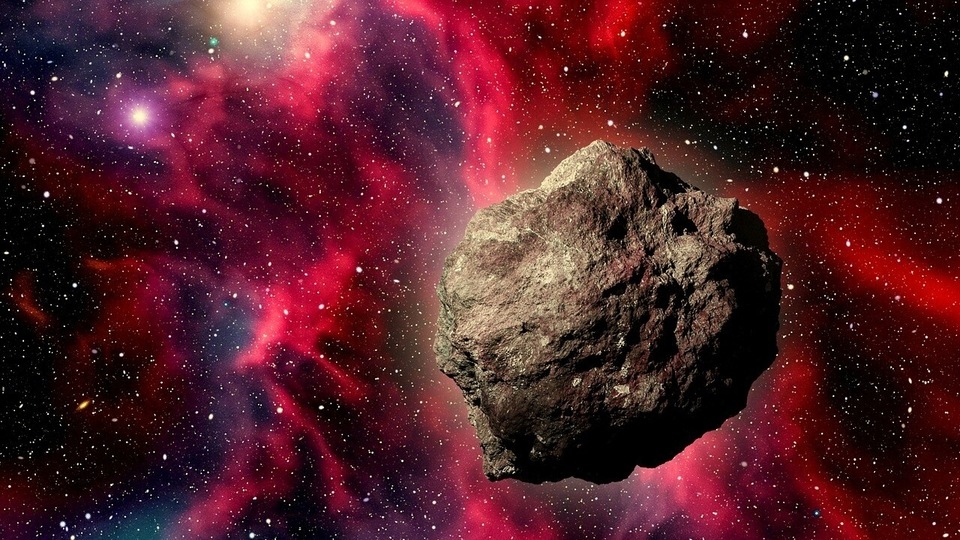
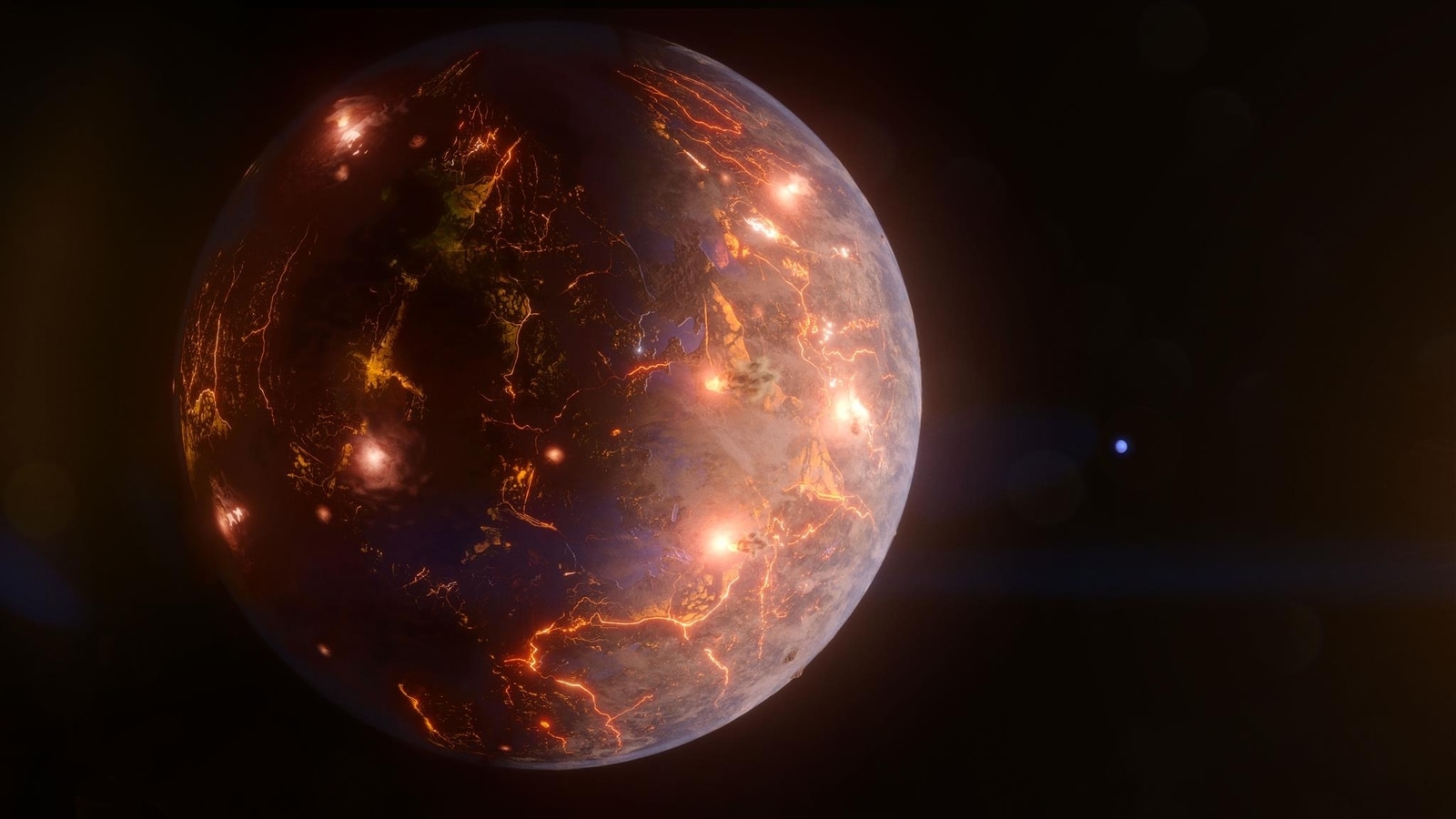
 View all Images
View all ImagesScientists using NASA's TESS (Transiting Exoplanet Survey Satellite) and Spitzer Space Telescope have made a remarkable discovery —an Earth sized exoplanet orbiting a star in a neighbouring galaxy. This finding provides the strongest evidence to date of active volcanoes existing beyond our solar system.
The observations indicate that this rocky planet has a rugged surface and experiences frequent eruptions, resembling Jupiter's moon Io, which is the most volcanically active body in our solar system. While the volcanism on the exoplanet wasn't directly observed, scientists inferred its presence from the gravitational interaction with the larger of the two planets also orbiting the star.
The gravitational pull of the larger planet may cause the newly identified exoplanet to flex and squeeze, leading to increased internal heat and volcanic activity on its surface, similar to Io. Planets outside our solar system are called exoplanets.
“There is no direct observational evidence of exoplanet volcanism yet, but this planet is a strong candidate.” according to University of Kansas astronomy professor Ian Crossfield, one of the co-authors of the research published in Nature.
On the other hand, Bjorn Benneke, head of the astronomy group at the University of Montreal and co-author of the research explained, "the exoplanet does not rotate, resulting in one side permanently bathed in daylight and the other in complete darkness. The dayside is too hot for liquid water, likely making it a dry and hot desert, while the nightside potentially hosts a large icy glacier."
The most intriguing region is where the day and nightside meet. Benneke suggests that water from the nightside glacier may melt, forming liquid surface water. The planet likely has volcanoes distributed all over its surface, including under the ice on the nightside.
This remarkable discovery unveils the fascinating dynamics of exoplanets and their potential for geological activity beyond what we have observed in our own solar system.
Catch all the Latest Tech News, Mobile News, Laptop News, Gaming news, Wearables News , How To News, also keep up with us on Whatsapp channel,Twitter, Facebook, Google News, and Instagram. For our latest videos, subscribe to our YouTube channel.































